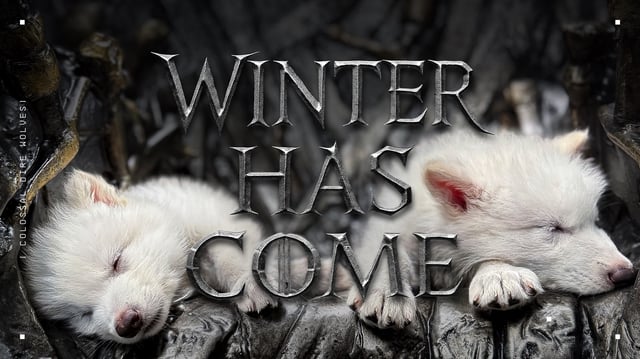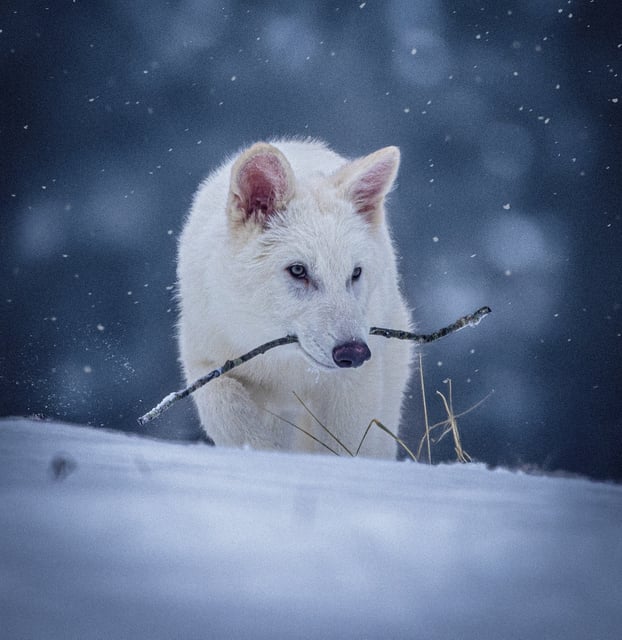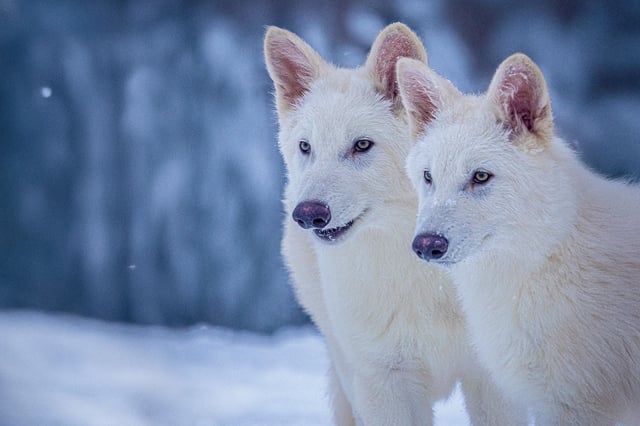Overview
- Colossal Biosciences has successfully engineered three dire wolf pups—Romulus, Remus, and Khaleesi—using ancient DNA and CRISPR technology.
- The pups, created through 20 targeted genetic edits to gray wolf DNA, are living in a secure 2,000-acre preserve under constant monitoring.
- The recreated dire wolves exhibit physical traits such as larger size, broader heads, and white coats, but experts question their genetic authenticity as true dire wolves.
- This breakthrough is part of Colossal's broader initiative to revive extinct species like the woolly mammoth and support conservation efforts for endangered animals such as red wolves.
- The achievement has drawn significant public and cultural attention, with 'Game of Thrones' creator George R. R. Martin and filmmaker Peter Jackson endorsing the project.



